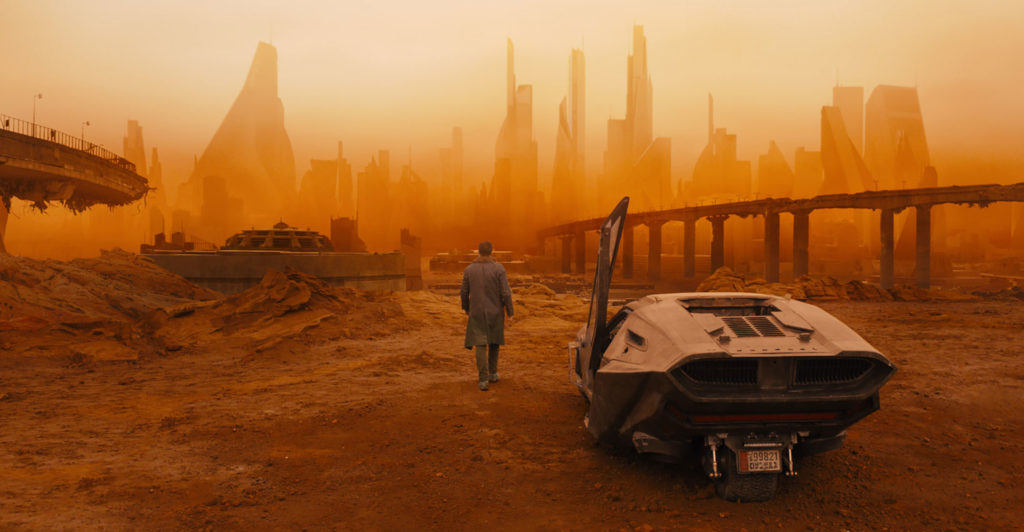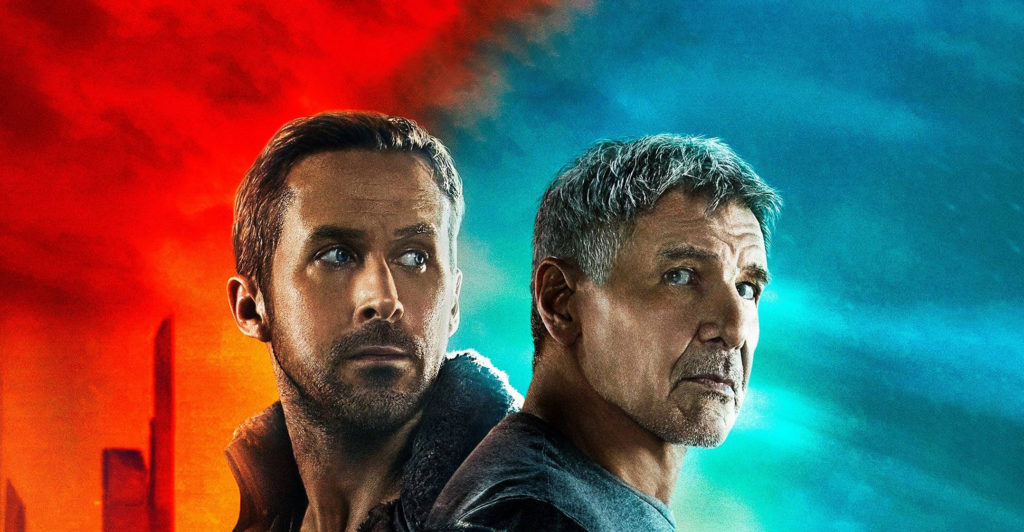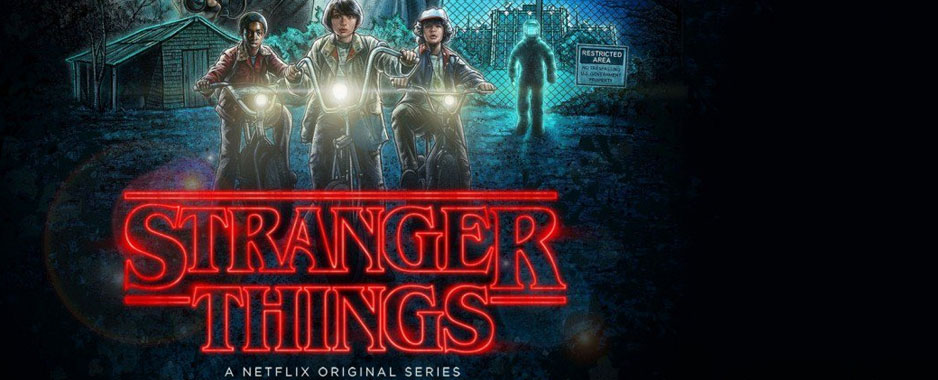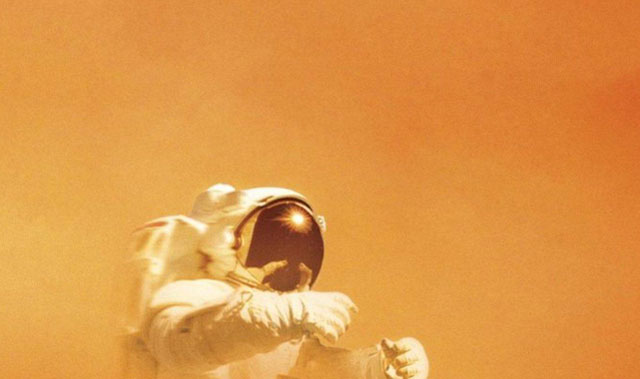
Picture yourself as an explorer in a distant and dangerous place. Something goes wrong, and you and your team have to abandon the venture and head straight for home. But you get left behind, the rest of the team thinking you are dead, and you have no way to contact them.
Now you are in the shoes of the protagonist of Ridley Scott’s latest flick, The Martian. But rather than being abandoned on an ice floe or desert island, the film’s protagonist, Mark Watney (Matt Damon), is marooned on the desolate planet Mars, roughly 225m kilometres from home.
This rather changes the scale of the issue somewhat. Alongside the “normal” castaway issues of food, freshwater, warmth and shelter, Watney also has to scavenge for oxygen. Actually, he has to make his own water, too.
Even communications with home — should they be established — are delayed by the finite speed of light. Although that is still preferable to the delay inherent in a message via floating bottle.
This might have set the scene for a run-of-the-mill Hollywood blockbuster, but this film has been marketed a little differently. On the lead-up to the premiere, there was a close partnership between Nasa, the Jet Propulsion Laboratory and the filmmakers, all touting the scientific accuracy of the film.
Ridley Scott himself has said that they have got the science “as accurate as they could get it”. Unlike many directors in Hollywood, he is doggedly chasing the science geek demographic.
Most of the science in the film has been preserved from the book on which it is based, written by a former computer programmer (now best-selling novelist) Andy Weir. The book itself was notable for featuring science heavily, bringing it into the foreground as a major plot device.
The film is pretty faithful to Weir’s narrative. Many of the signature science-led plot points are there, a little tempered in places, but without the detail — such as the actual arithmetic performed by Watney — that gave the book its geeky charm.
The film is also the first I have seen to present the full splendour and variety of the Martian landscape. From the first scene, where you see the vast Valles Marineris cracking across the Martian dawn, there really is no exaggeration about what Mars would be like on the surface.
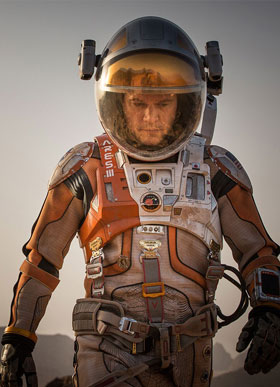
While many of the other planets in our solar system are relatively flat (the highest mountain on Venus is 6,4km and on Pluto is 3,5km) Mars boasts the tallest mountain in the solar system: Olympus Mons, which is around 22km high. Seen in 3D, the film gives a sense of the dominating presence such an eminence would have over the planetary landscape.
This vertical exaggeration is increased by the range of craters that pucker the surface and the large discontinuity between the northern and southern hemispheres of Mars, perhaps a result of the lost ocean (which, according to new results may not be as lost as we thought!).
But this would be treacherous terrain to navigate and drive for thousands of kilometres. Yet, to get to safety, Mark Watney must do just that. So here we have to give the film some artistic licence, as in reality we have found it pretty hard to drive across the Red Planet.
So far the record for distance on Mars is held by the Mars Exploration Rover, Opportunity at now over a marathon 42km. But it took 11 years to do this. Not to mention that the rover’s twin, Spirit, got stuck in sand after travelling just shy of 8km.
To compound this, Nasa’s latest Mars rover, Curiosity, is in serious strife. Its wheels are wearing at a frightening rate. To alleviate this, the rover is occasionally driving backwards as well as keeping to softer sandier terrain. So there’s a number of tall engineering leaps that need to be made before we can bound across the Martian terrain.
That said, having a human drive the vehicle is a distinct advantage, it took Opportunity quite a while to drive as far as the Apollo 17 crew in their Lunar Buggy.
Astronauts Eugene Cernan and Harrison Schmitt racked up nearly 36km over just a few days on the lunar surface. Although helped by the lesser gravity, the ability for a driver on the ground to choose terrain is invaluable when covering large planetary distances.
One other difficulty I had with the film itself is that Mark Watney is presented as having a single speciality: botany. Possible crew make up for a Mars mission has been speculated upon widely. Most experts are in agreement that any member of a Martian exploration team would have to have at least two specialities.
In the book, Watney is firstly a mechanical engineer and then a botanist. It seemed rather strange to streamline him in the film (or maybe that bit is on the cutting room floor).
But, more accurately, Watney, and his astronaut colleagues, are all portrayed as problem solvers. At one point the mission commander orders her team to “work the problem”, a phrase which could have been lifted straight from Chris Hadfield’s An Astronaut’s Guide to Life on Earth.
This rather typified the portrayal of Watney and co as realistic astronauts: people able to keep their emotions in check when everything is going horribly wrong. But, through the craft of Scott’s directing, you do see the human side to these people put in seemingly unimaginable situations.
Also, how useful is duct tape?! Every experimental scientist will tell you it is an essential part of their kit. Does this really apply on Mars?
There’s quite a precedent here, as it would seem that duct tape was pretty useful to the Apollo astronauts where, among other things, it was part of the “modification” needed to keep the Apollo 13 crew alive. But it’s only really effective if you can keep it clean of dust, and that would be a bit of a problem on Mars.
The Martian is a great film, and strikes a great balance between keeping with the science as we currently know it and speculation with a little artistic licence.
Fundamentally, what I really love about both the book and the film are how they realistically showed space exploration to be a team endeavour. It’s not all about the astronauts on the ground, but also the vast and diverse teams supporting them there.
Perhaps someone watching this film will be one of the first to step foot on Mars, or help get them there.![]()
The Martian opens in South Africa on 2 October.
- Helen Maynard-Casely is instrument scientist at the Australian Nuclear Science and Technology Organisation
- This article was originally published on The Conversation


